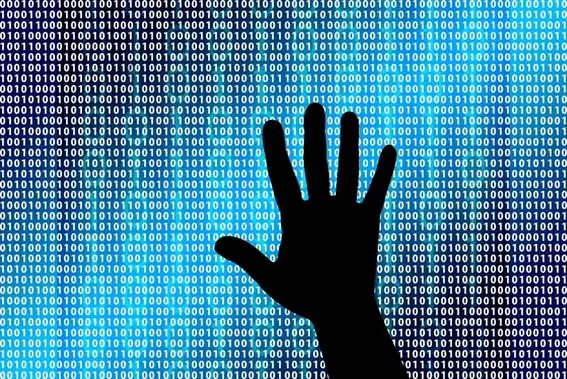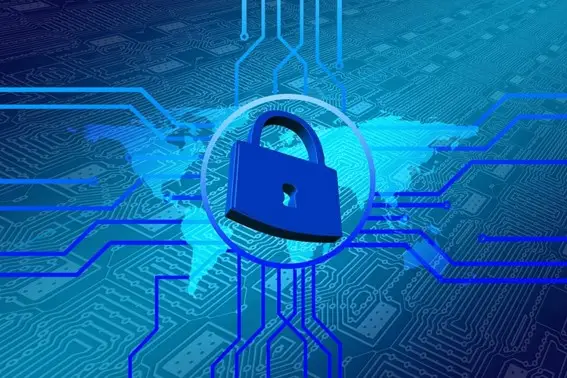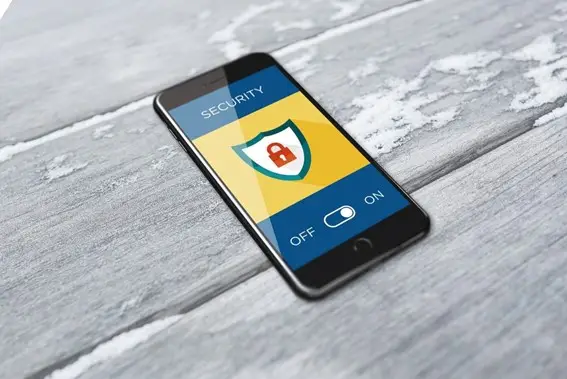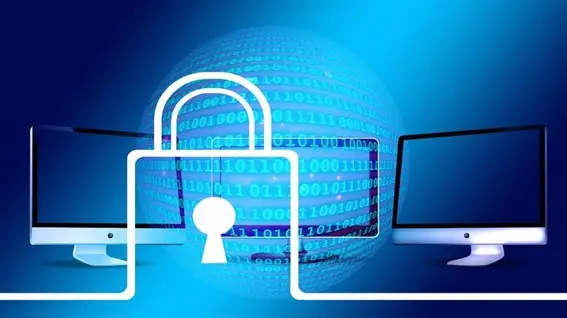focus notes


What is the infection route of computer viruses? Introducing infection routes and countermeasures

table of contents
A computer virus is a type of malicious software that exists on the Internet.They infiltrate computers and multiply, causing various damage such as causing operational problems and demanding money.
Nowadays, as society becomes increasingly information-oriented and awareness of the danger of computer virus infection increases, many people may be worried about not knowing how to take measures against viruses.Therefore, this time we will introduce the infection route of the virus and the countermeasures.
Computer viruses come from various infection routes
When it comes to computer viruses, many people generally think that they should avoid limited media, such as ``visiting a suspicious site will cause infection'' or ``clicking on a spam message will cause infection.'' Is it?
but,Actual virus infection routes are diverse and the methods are complex.Therefore, if you do not understand it properly, you may be infected without knowing it.
Simply understanding the route through which viruses are transmitted will make it easier to take preventative and exterminating measures. In order to use your computer with peace of mind, let's first sort out the infection routes of viruses in the next chapter.
Types of computer virus infection routes
There are several types of computer viruses in terms of how they infect and work. here,We will introduce five types of infection routes and countermeasures: ``e-mail,'' ``Internet,'' ``shared network,'' ``storage media,'' and ``execution of macro programs.''
1. Infection via email
When viewing an e-mail, you may be infected with a virus by opening an attached file or a URL within the message. Also,Please note that emails written in HTML format may be a source of virus infection even if there are no attachments or the files are not opened.let's.
Furthermore, some e-mail software is set to automatically run the program, so even previewing the program could lead to infection.
As a countermeasure,Avoid opening emails you don't recognize from the sender, and avoid clicking on files or URLs you don't recognize., etc., please keep in mind.
2. Infection via the Internet
You can also become infected with a virus when you view a page that has a virus installed on a homepage, or when you download a video or image published on the Internet.
Typical examples of sites that are likely to harbor viruses include dating sites and adult sites.Sites that seem useful at first glance may contain viruses.
in particular,Cases in which a message saying "Your computer is infected with a virus" is displayed, forcing you to download security software containing a virus, or demanding money to resolve the issue.is a common example.
In addition, recently there are viruses that exploit site security vulnerabilities, and there are cases where they enter legitimate sites and infect users, so it is not enough to deal with them just from the perspective of ``suspicious''.
As a countermeasure,Avoid using sites and services whose creators are not trustworthy, avoid clicking on advertisements unnecessarily, and install legitimate security software to ensure that your computer does not get infected by viruses.is important.
3. Infection through shared networks
Some viruses find file sharing disks to which an infected computer is connected and spread to specific files.This type of virus can infiltrate and spread infections to other computers and servers on a shared network at work or at home.It is.
This type of virus spreads quickly if one computer is infected, so as a countermeasure,Work on measures as a whole organization, such as disseminating rules regarding internet security to shared members and distributing security software.is needed.
4. Infection via storage media
If a virus is embedded in the data on storage media such as USB memory, CD-R, DVD-R, BD-R, or external hard disk,There is a possibility that you can get infected just by connecting, or that the infection can spread indirectly by repurposing the medium.there is. When using a storage medium, avoid connecting it if you do not know the owner or the contents.
As a workaround, change the settings on your computer.If the hard disk information is set to be read automatically, turn off that function.tolet's. When using a hard disk, in order to prevent widespread infection to an unspecified number of people,Do not use it unnecessarilyis also important.
5. Infection by executing macro programs
Microsoft Office applications (Word, Excel, PowerPoint, Access, etc.) have a feature called macro that allows you to register specific operating procedures as a program. A type of virus that uses this macro function to infect computers is called a macro virus.
This virus isBy hijacking macro functions, it can perform operations such as rewriting or deleting files, or start self-replication.Viruses can infect older operating systems by exploiting vulnerabilities in programs, so it is important to keep them updated frequently.
As a countermeasure, as with other infection routes, avoid opening files from unknown senders unnecessarily., keep your operating system and security software up to date, etc., please keep in mind.
Know the route of virus infection and take appropriate measures

How was it? If you list the infection routes of computer viruses in this way, you will understand that they are more diverse than you might imagine.
To avoid getting infected with the virus,Do not open emails from unknown senders, and avoid using sites, services, or media that seem suspicious.Let's remember .
andUse your computer safely by taking anti-virus measures in advance, such as keeping your security software up to date.
[Reference site]
・Let's take virus countermeasures│Ministry of Internal Affairs and Communications
Achievements left behind
48 years since its establishment.
We have a proven track record because we have focused on what is important.
It has a long track record in both the public and private sectors.
Number of projects per year
500 PJ
Annual number of business partners/customers
200 companies
Maximum number of trading years
47 years
Total number of qualified persons
1,870 people






